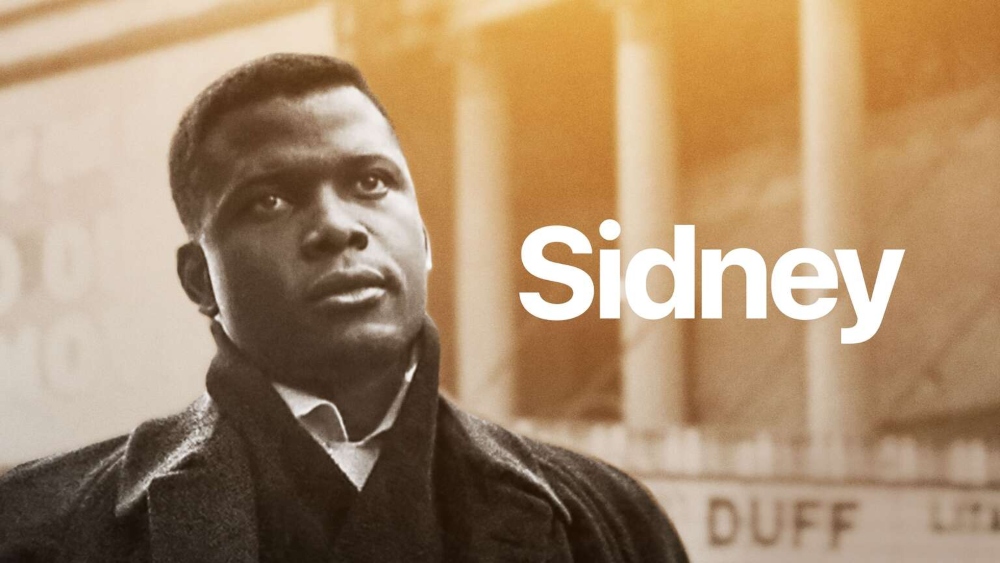
Matthew Chavez wanted to be a director when he first enrolled at USC but life had different plans and he became a cinematographer, finding a niche for himself in the documentary world. Sidney, his latest nonfiction effort, is a documentary about Sidney Poitier, a Hollywood icon, yes, but a man who was so much more than that as well.
Now streaming on Apple TV+ following its world premiere at the Toronto International Film Festival, Sidney hails from director Reginald Hudlin and producer Oprah Winfrey, and it serves as a tribute to Poitier’s legacy as an Oscar-winning actor, filmmaker, and activist, as Poitier came up in Hollywood during the Civil Rights movement.
Sidney features interviews with many of Poitier’s colleagues and family members, who discuss his work as well as a more personal side of the actor. The film doesn’t shy away from his disagreements with Harry Belafonte after the death of Rev. Dr. Martin Luther King Jr. and it also recalls the famed “slap heard ’round the world” in In the Heat of the Night, which came out in 1967 during the “Summer of Sidney.”
Below the Line recently spoke to Chavez about his work on the documentary and some of the challenges that came with shooting during the pandemic. He also discussed his role in shooting second unit on the recent Disney+ documentary Obi-Wan Kenobi: A Jedi Returns. Chloe Weaver had served as the main cinematographer for the hour-long doc but David Gelb asked him to shoot some footage at Star Wars Celebration in Anaheim earlier this year, as much like Hudlin, Gelb wanted the documentary footage to feel as cinematic as possible.
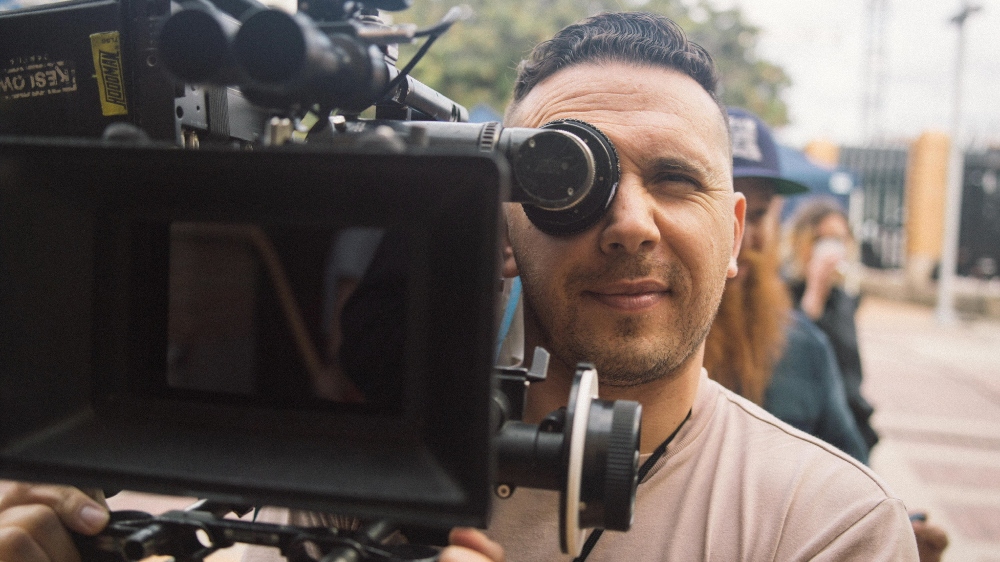
Below the Line: How did you first get involved with working on Sidney?
Matthew Chavez: I worked with the director, Reggie Hudlin, a few years ago on documentaries. We’ve done a documentary for Netflix called The Black Godfather and then we’ve done another one for Amazon called Phat Tuesdays, [so] we’d already had a working relationship when I got involved.
BTL: How has the shorthand between the two of you improved over the years?
Chavez: I think really, really good. I think Reggie and I speak the same language when it comes to not just documentaries, but like, when we talk about film and the things that we love and we’re passionate about. I think nowadays, it’s real simple. What I really appreciate about Reggie is that he always makes a point — even if they’re just interview setups in a documentary — to try and make them look as good as possible. He’s always pushing productions, like, ‘no, I need three cameras, not just two.’
I want big, grand, and wide. I want to ground the viewers and the spaces that we’re shooting because sometimes you shoot a documentary with talking heads and they just have one camera or even just two cameras, and it just feels like a close-up and that’s it. With his documentaries, he’s always like, ‘no, I really want to feel the space, but also have enough cameras to connect with the subject.’ So yeah, the shorthand has gotten pretty good, I would say, after about four projects now together.
BTL: What was the status of production when it was announced that Sidney Poitier had died?
Chavez: We had actually shot like 90 percent of the documentary when that was announced. They’d been working on it — I know that the producer, Derik Murray, had been trying to get the rights for a long time to do it. They kind of convinced the family [the] last couple of years and then they really got the ball rolling. I think it was important for everybody involved to do their best to try and make as much of this when he was still alive just so there wasn’t this sense of always talking about him in the past tense. I think everyone was really happy that the majority of the documentary was already shot prior to him passing away.
BTL: What camera and lens did you use for interviews?
Chavez: Yeah, we used Arri mini LF cameras and we paired them, actually, with Arri signature primes — kind of Arri, both camera and lens combo. What I really liked about it — because Reggie talked about how he wanted [it] to feel pretty elegant, as far as like, the lensing and lighting and stuff — [is that] normally I shoot with vintage lenses that have a lot of character, but I didn’t really think necessarily that was the right call for this documentary considering Reggie wanted it to feel clean and elegant. I really liked that combo because the Arri cameras are really nice as far as skin tones and stuff goes. Those lenses are really clean, and smooth and just [have] a very clean kind of elegant feel to them, so that’s why we chose those.
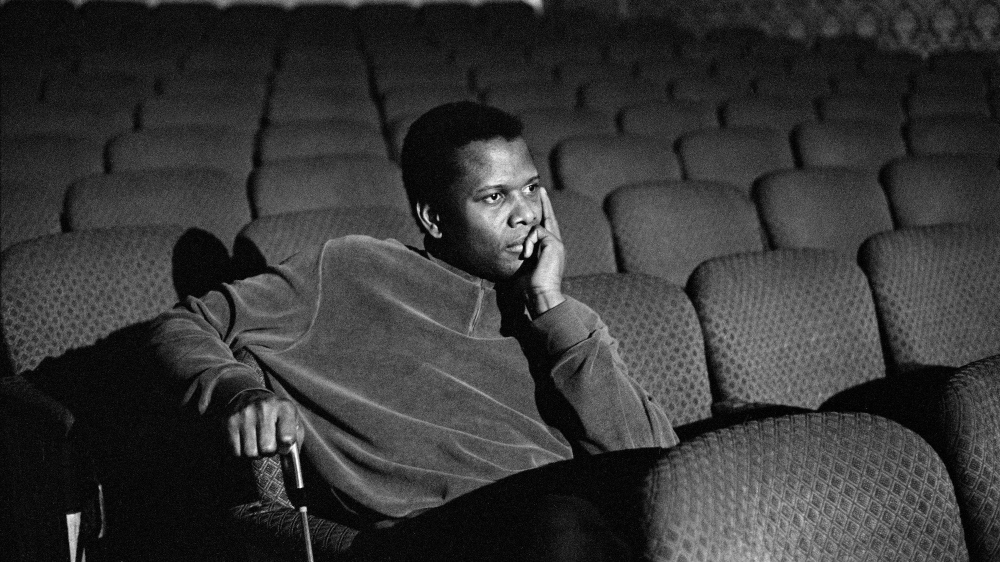
BTL: Do you have a preferred camera or does it just vary by project?
Chavez: It varies by project. I really like Sony and I really like Arri but I think they both have their strengths. It kind of depends on [the] product or project. One reason why I chose Arri for this project was because it kind of had the best out-of-the-box look, if that makes sense. When you’re on the day and you’re looking on the monitor, it just looks really nice on the day. I think all the cameras can be colored to look great but there’s something about their cameras that really look nice while you’re shooting. I think we talked about that in pre-pro, because we were going to deal with so much A-list talent, like Halle Berry, Denzel [Washington], Barbra Streisand, and people like that. I know that sometimes their handlers can be very particular on the day, so we were like, ‘hey, this needs to look as good as it can, like, in the moment, so that we get the best reactions from these elite talents on the day.’ I think that was one reason why we picked that camera. We definitely talked about that.
BTL: What were the biggest challenges that came about because of the pandemic?
Chavez: Just getting some of this talent and working during the pandemic was pretty difficult. That’s why we shot for such a long period of time. We shot for well over a year and very sporadically — especially when you’re trying to get some of Sidney’s peers who are still alive, like Barbra Streisand and people like that. They’re a little bit older. I think a lot of people were very, very concerned about Covid, especially at the time we were filming. It was tough trying to nail down certain interviews, but obviously, we were adhering to all the proper protocols and testing and all that stuff, and mask-wearing. I think we did our best to make people feel comfortable when they sat down in the seat.
BTL: I know that when Oprah started crying during that interview, I started crying.
Chavez: Oh, yeah, for sure. That might be one of the only interviews that we filmed after he passed away. I think that you can really… obviously, Oprah is an executive producer and is really important. I remember everybody in the room was very taken aback by how emotionally involved she was when she sat down to do the interview. I don’t think she comes off vulnerable like that very often on camera. Very interesting. But yeah. It’s great though. I loved that interview.
BTL: I was sitting there trying to remember the last time I’d seen Oprah cry like that.
Chavez: Yeah, maybe on her TV show at some point many years ago, but yeah, not often. I think she’s very kind of stoic, and in control of [her] personality, and [that’s] the best part of her brand and who she is as a person. I was very taken aback, especially when I finally saw the film and saw the finished product, the way that it was put together. It feels pretty powerful.
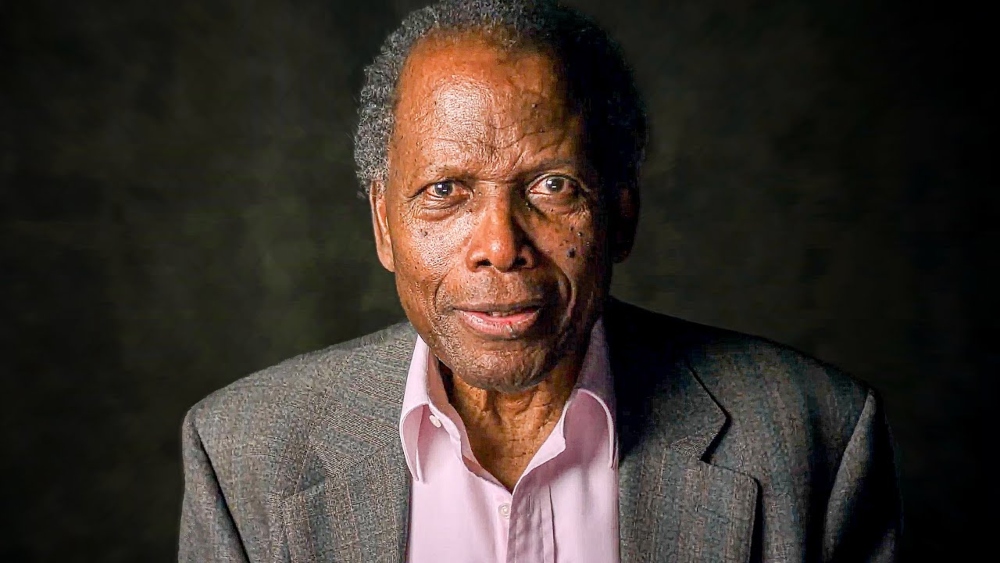
BTL: How did you first get an interest in cinematography?
Chavez: I went to film school — USC, in LA. I thought I wanted to be a director. When you start to learn what people actually do, I was like, ‘oh, the things that I really liked are the composition and the image and the lighting and stuff like that.’ I realized at kind of [an] early age, ‘oh, actually, I think I want to be a cinematographer.’ After I graduated, I just started jumping on whatever project I could as a camera assistant. I kind of did the old-school thing where I was a camera assistant for many years, and that was cool because I got to work a lot with other cinematographers and see how different people work, and then [I] just did my best to start shooting my own things. I fell into the documentary world. [It was] really, really cool and interesting because you get to just immerse yourself in so many different topics, which I find really gratifying.
BTL: I noticed on IMDb that you did second unit work for the recent Obi-Wan Kenobi: A Jedi Returns documentary about the Disney+ series.
Chavez: Oh, yeah, I did. Yeah, that was really fun. My friend, Chloe Weaver, shot most of that documentary. The day that I shot, we went to — Disney has an expo at a convention and they were going to announce the show with the cast and the director. David Gelb, the director, wanted to put a crew out there to kind of film those moments of what it felt like when they were premiering a clip to the audience and stuff. That was really cool. I really enjoyed that experience because it was cool to see Hayden Christensen in person because I feel like his character got a bad rap for many years. I think a lot of Star Wars fans over the years have really come around on him. It was really cool because you could tell he felt super grateful to be there. It was really interesting. I really enjoyed that.
BTL: That must have been Star Wars Celebration in Anaheim earlier this year, right?
Chavez: Yeah, exactly. That’s right. Yeah, it was Celebration in Anaheim.
BTL: I was seeing all the tweets and footage and everything coming out and I wish I could have been there.
Chavez: Yeah, it was pretty cool. That one was pretty fun, too, because David shoots a lot of documentaries, he produced Chef’s Table and that kind of stuff, so he’s pretty well-versed in that world. What I like about him, kind of like Reggie, [is that] he wants to approach docs as cinematic as possible. It was funny, we were shooting basically behind-the-scenes of this event that’s going down, but we were shooting on these huge anamorphic lenses and these big cameras because he wants to shoot on the same combo of camera/lens [that] the actual show shot on. It’s pretty funny shooting these anamorphic interviews of Hayden Christensen backstage. Pretty fun.
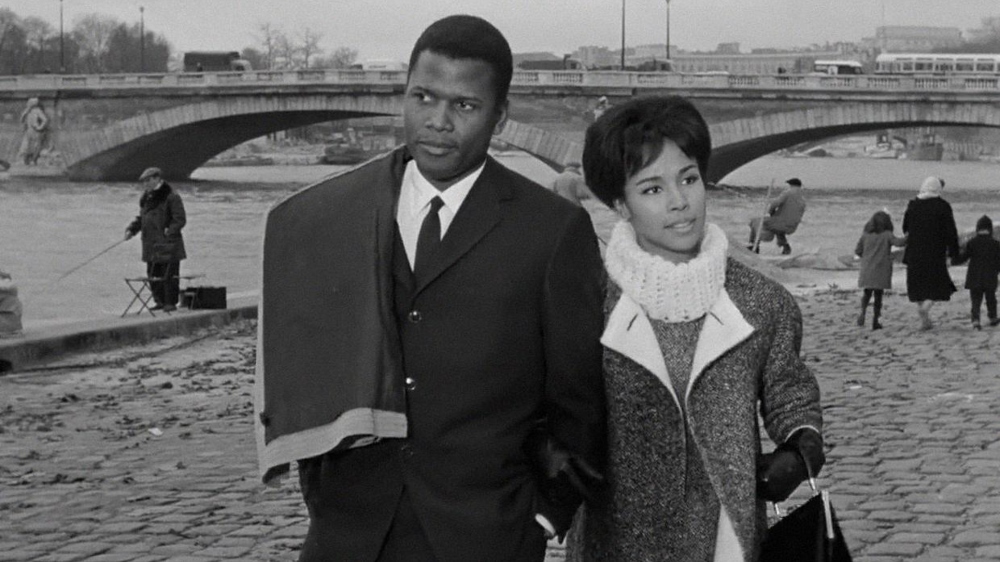
BTL: How rewarding is it to know that Sidney earned two Critics Choice Documentary Awards nominations?
Chavez: I was really happy and taken aback. I think that I’ve always felt, since Day 1, that this was going to be a great documentary when we started filming because he’s just such an important person [in] the world of cinema. I mean, I studied Critical Studies at USC so I was well-versed in the history [of] who Sidney Poitier was and what he meant, but it was really nice [to] listen to these different conversations and see how they pieced all that stuff together. For me, I’ve always felt from Day 1 that this [was] gonna be [a] great doc because he’s a great person. We just have to not fuck it up and it’s gonna be awesome because it’s Sidney Poitier.
BTL: I tried so hard to see it up in Toronto but I missed it on the big screen, though I assure you that it played just as beautifully on my TV.
Chavez: Oh, amazing. That’s awesome. Yeah, I mean, I’ve watched it twice in the theater, and then I watched it on the TV. I gotta say, I really appreciate how much Apple TV+ does as far as post-production, and I think [that] with all their shows. I was really taken aback with how pretty the documentary looked, even on my television. Honestly, it’s [just] really nice in the way they finished it. I was really proud of how the interviews looked. They looked pretty great.
BTL: Do you have a favorite Sidney Poitier film?
Chavez: Definitely In the Heat of the Night for me. I love In the Heat of the Night. I just think it’s so entertaining. I think it [comments] on race relations while also telling this very interesting, suspenseful story and it’s also very funny and entertaining. You just have everything you want from a great film. Also, as a cinematographer, I love the way it’s shot. I love the cinematography in that film. I love all the performances in In the Heat of the Night. [It’s] definitely my favorite Sidney Poitier film, for sure.
BTL: The Slap Heard ‘Round the World!
Chavez: I mean, it’s one of the most important scenes in film history. It’s so great. I love that part of the doc. I love when Morgan Freeman and all those people are talking about it. I remember Reggie would always ask everybody about that moment and that was one of my favorite parts of when we filmed the interviews. I was always excited to hear what people’s reactions would be because everybody who knows Sidney Poitier’s filmography knows that scene, right? It was so entertaining to see the different reactions from different people when they talk about that.
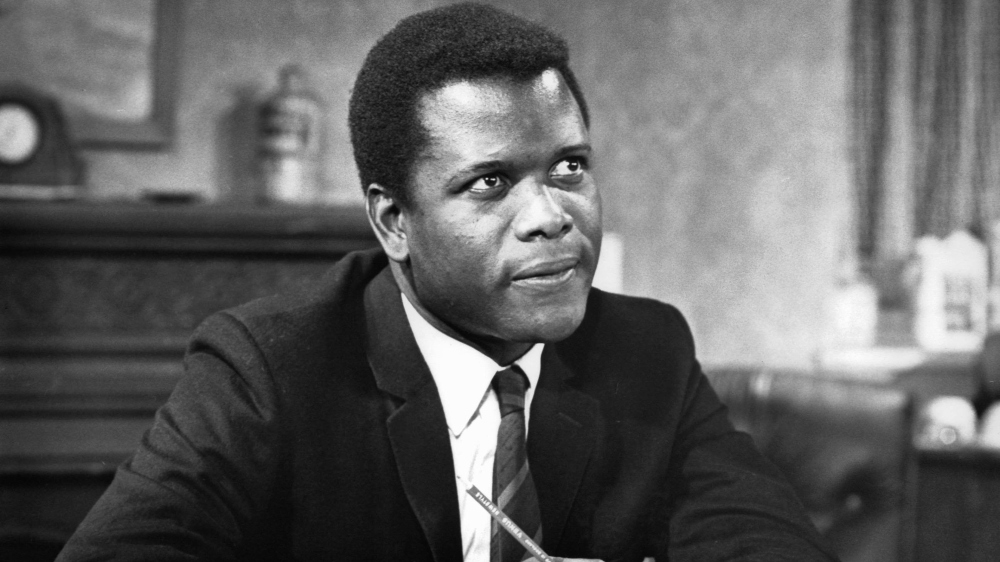
BTL: It’s interesting that both that film and Guess Who’s Coming to Dinner came out the same year.
Chavez: Yeah. And To Sir, with Love. They call it the “Summer of Sidney,” 1967. I mean, that’s a thing to think about –three hugely successful movies all coming out in the same year. It’s nuts, really crazy, especially back then and who he was as a leading Black man. It’s really impressive.
BTL: Movies have changed so much since then.
Chavez: Oh, yeah.
BTL: Especially in terms of their distribution.
Chavez: Yeah, the distribution world is crazy right now. I go back and forth on how I feel about it. Sometimes, I get really sad and depressed — adult, medium-budget movies [are] gone. But then I kind of think about what Apple TV and various other streamers are doing as far as what they’re kind of putting out and you just have to think about it as a different model because there’s still great stuff coming out. It’s just — I don’t know, it’s just how we consume it.
BTL: Yeah, and now there’s talk of major networks giving back the 10 p.m. hour to local affiliates. I can’t even imagine that right now…
Chavez: Well, it’s funny how circular some things are, right? You think about how Netflix is going to be doing an ad-supported thing soon, right? It’s like, oh, that’s so interesting. What made them popular were no commercials, right? Now we’re gonna go back to a world where yeah, there’s gonna be commercials for certain. It’s funny how some things actually don’t really change. Maybe the format of the distribution changes, but it all kind of — everything kind of is circular in a way, which I find pretty interesting.
Sidney is now streaming on Apple TV+.





